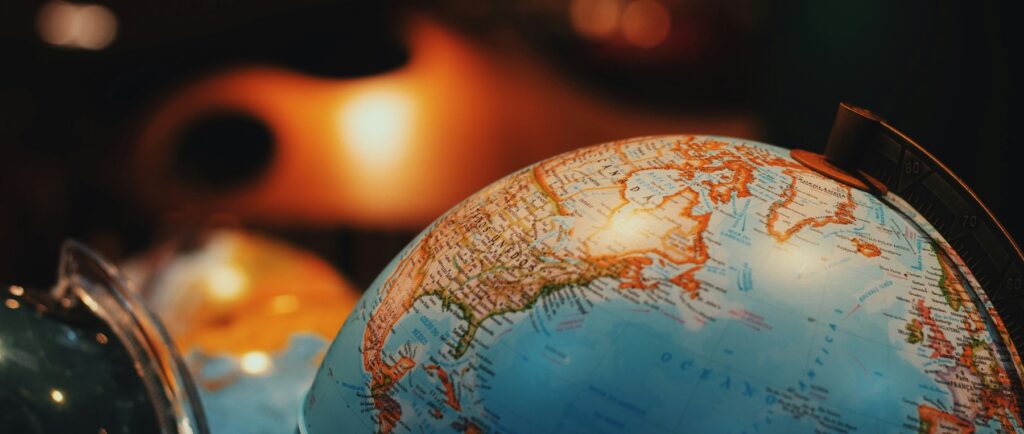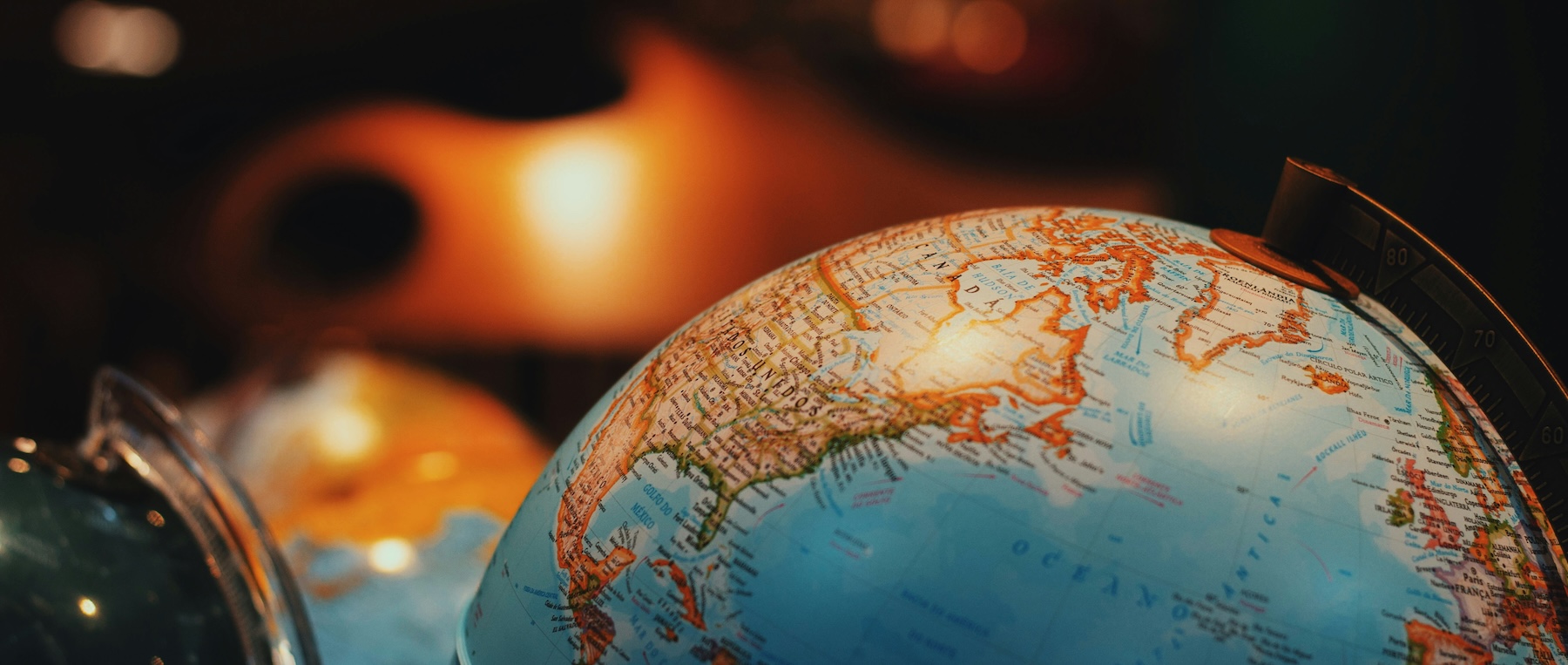As part of the UK’s exit from the EU, right to work legislation changed. Following these changes, right to work share codes were introduced to facilitate the process of verifying an employee’s right to work in the UK.
Right to work share codes were introduced as a means of easing the process of verifying an employee’s right to work for both the employee and employer. They formed part of post-Brexit legislation in July 2019.
What is a Right To Work share code?
This is an online code that the UK government provides to non-UK nationals that prove they have the right to work in the country. This alpha-numeric code is nine digits in length and serves to prove an individual’s right to work to UK employers. In addition to this, it also indicates the type of work that an individual is allowed to do.
Since the changes to UK legislation following Brexit, employers can no longer accept EU, EEA or Swiss passports or ID cards to verify an employee’s immigration status. Since exiting the EU, UK employers must now complete a right to work check for their employees from European countries.
What is the Right To Work share code used for?
The share code is used to check whether overseas employees have the right to work in the UK. The share code, along with the individual’s date of birth, is used by the employer to determine which jobs the applicant is allowed to carry out as well as whether they have access to public services like the NHS.

How to check the Right To Work share code
The right to work online system works on the basis that the individual applying for employment has first viewed their own right-to-work record via the Home Office. Thereafter, they may then share this record with an employer by providing them with a share code. The share code can then be used to securely access this individual’s right to work record.
When would a Right To Work share code be issued?
Share codes can be used by individuals with a settled or pre-settled status in the UK or if they have applied for an immigration status via the UK Immigration: ID Check.
In order to receive a share code proving their right to work in the UK, as well as the types of work they can do and how long they are permitted to work in the country, prospective employees will need to supply one of the following as part of their application:
- A biometric residence permit number
- A biometric residence card number
- A passport or national identity card
What information is visible to employers via a share code?
When given a share code, employers are able to see key information about the candidate and their working status in the UK. Via an online portal, employers can enter the issued share code and the employee’s date of birth to access their right to work record.
Here, employers can see:
- How long an individual is able to work in the UK
- The types of work they are permitted to carry out
- Whether an employee has access to public services such as the NHS
- Their right to any benefits
- Whether they are legally able to open a bank account or apply for credit in the UK
How does an employer complete the right to work check?
Right to work checks should be conducted before an applicant is offered a job. This is because, in the event that the applicant is found to be an illegal worker, the check will serve as the only defence for the employer.
What should employers do with a Right To Work share code?
Upon being given a share code, employers can utilise online services to access information about this candidate’s right to work.
Depending on the job applicant’s status, the online service will present whether they have the right to work in the UK, whether this is time-limited or applies only to specific types of work.
Thereafter, employers must check that any photographic evidence or entry clearance shown (where applicable) matches that of the individual presenting themselves for work.
Employers must retain evidence of the online check undertaken. This means printing the profile page of the relevant employee from the government’s online checking service or portal. The page must contain the applicant’s photo, details of the right to work and the date on which the check was undertaken. This documentation should be stored securely (electronically or as a hard copy) for the duration of the employee’s employment and for two years afterwards.
Once the share code is generated, it will remain valid for 90 days.
What happens if you don’t do right to work checks?
Right to work checks are a legal requirement for employers. Those who fail to carry out the necessary checks will be subject to huge fines, which can be as much as £20,000 per illegal worker in your employment.
Last updated: Monday 16th October 2023







